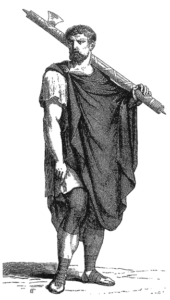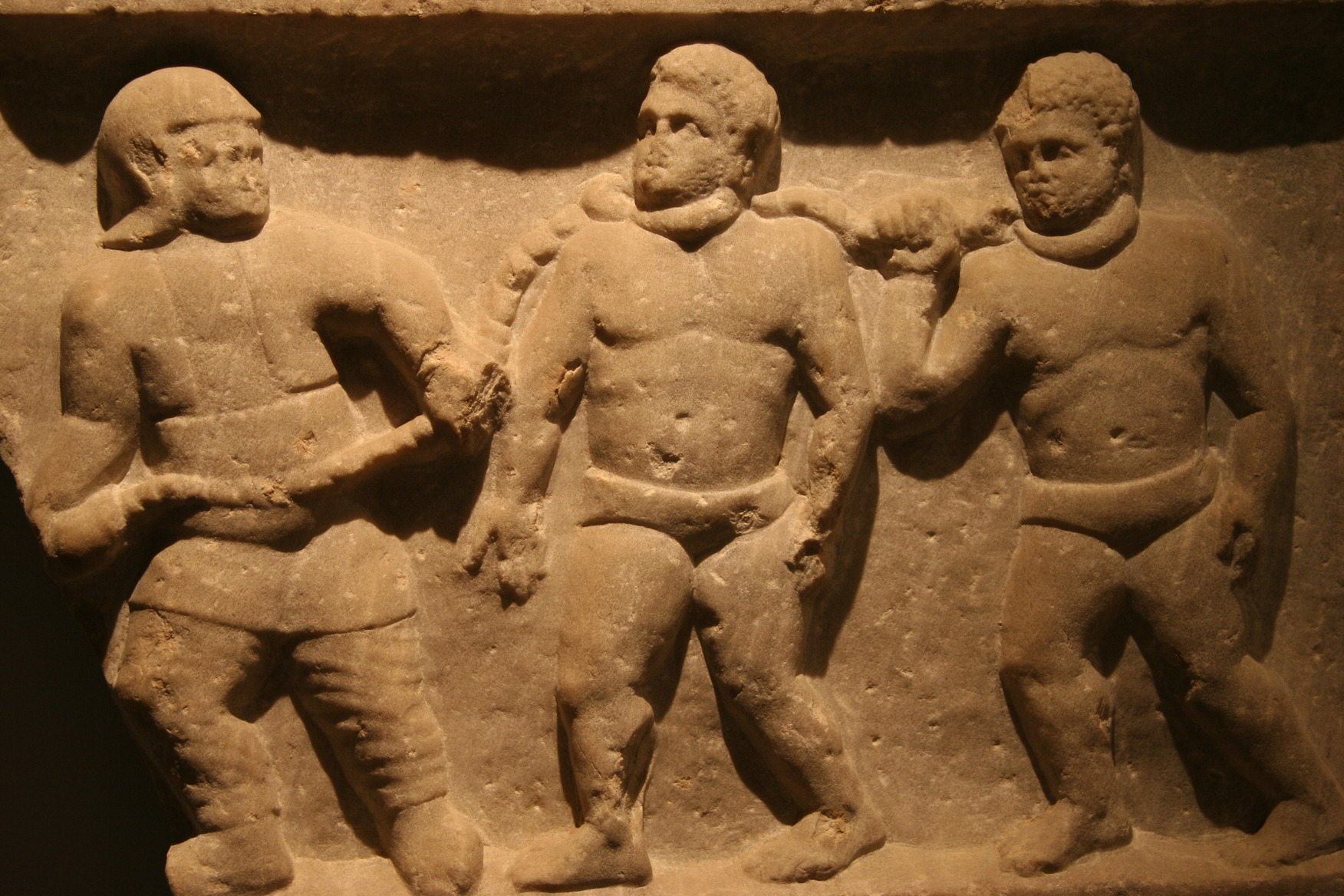Ancient Rome Slavery: The institution of slavery prevailed in the ancient Rome period and almost 25% of the ancient Roman population comprised of slaves. Captives and prisoners of war were generally made slaves because turning defeated soldiers into slaves brought better and additional income.

Besides turning captivated army personnel into slaves, people also sold their children into slavery and even insolvent debtors were claimed as slaves by the creditors. The abundance of slave ownership became pervasive from the second Punic war through the fourth century A.D.
Ancient Rome Slavery
A Roman official called the Quaestor was appointed to supervise the sale of slaves through public auction. A type of plaque was hung around each slave describing his origin, health, character, education, and intelligence among other qualities. Prices varied according to age and quality. Those slaves who had to be sold without any guarantee were supposed to wear a cap during the public auction.
Rome Slaves Rights
The ancient Rome slaves were deprived of several rights, including the right to marry and the right to own property. In addition to the above-mentioned deprivation, harsh treatment and abuse were meted out to the ancient Roman slaves.

Old and sick slaves were ruthlessly expelled out of the house. The slaves were subjected to inhuman treatment. For instance, Hadrian, one of the great ancient Rome Emperors is said to have destroyed the eyes of one of his slaves in a fit of wrath.
A popular proverb across the ancient Roman lands was ‘as many enemies as slaves.’ A constant threat of servile insurrection harbored the minds of many Roman citizens and hence they used the law of collective responsibility as a severe measure of self-defense.

Rome Slavery Facts
For example, if a slave murdered his master, then all the slaves in the household were to be slaughtered and put to death. Even slaves who misbehaved were beaten, burnt with an iron rod or killed. The ancient Roman slave was an object of utter toil, bearing turmoil and giving away his all to his master. Also, there were professional men known as a slave- catchers to scout for fugitive slaves.
Freed slaves were called ‘Liberti’ and they formed a separate class altogether. A felt cap called the ‘pileus’ was given to the liberated slave as an epitome of his freedom from trials and tribulations from the institution of slavery.

Basically, a small percentage of slaves were liberated, particularly those who were already educated and experienced. Slaves could be freed only after the age of 30 years. Freeing a slave was called ‘manumission’, which literally means “sending out from the hand”. After liberation, a slave was free to live his life the way he wanted to and there was no authority to strip off his basic rights.




